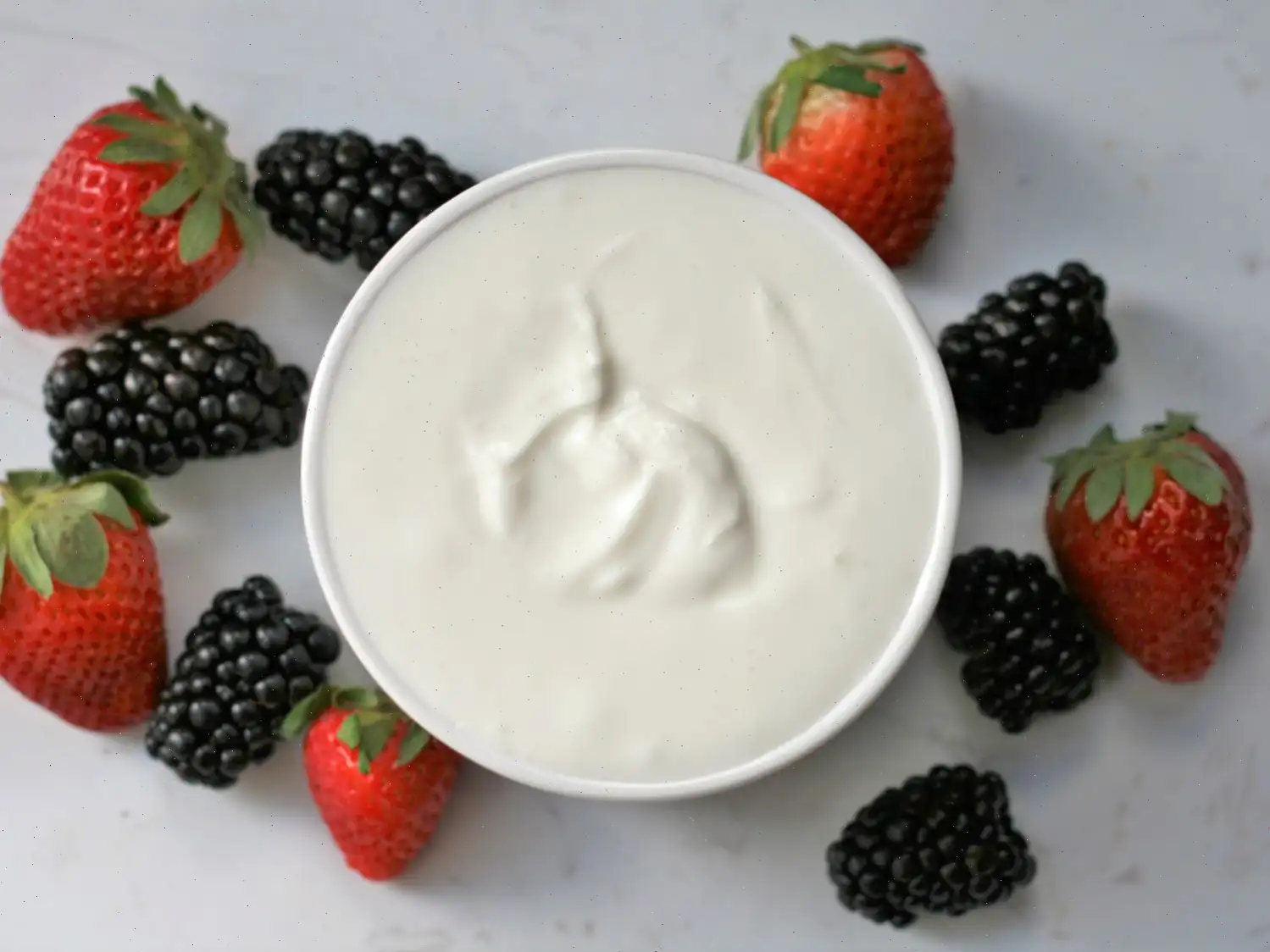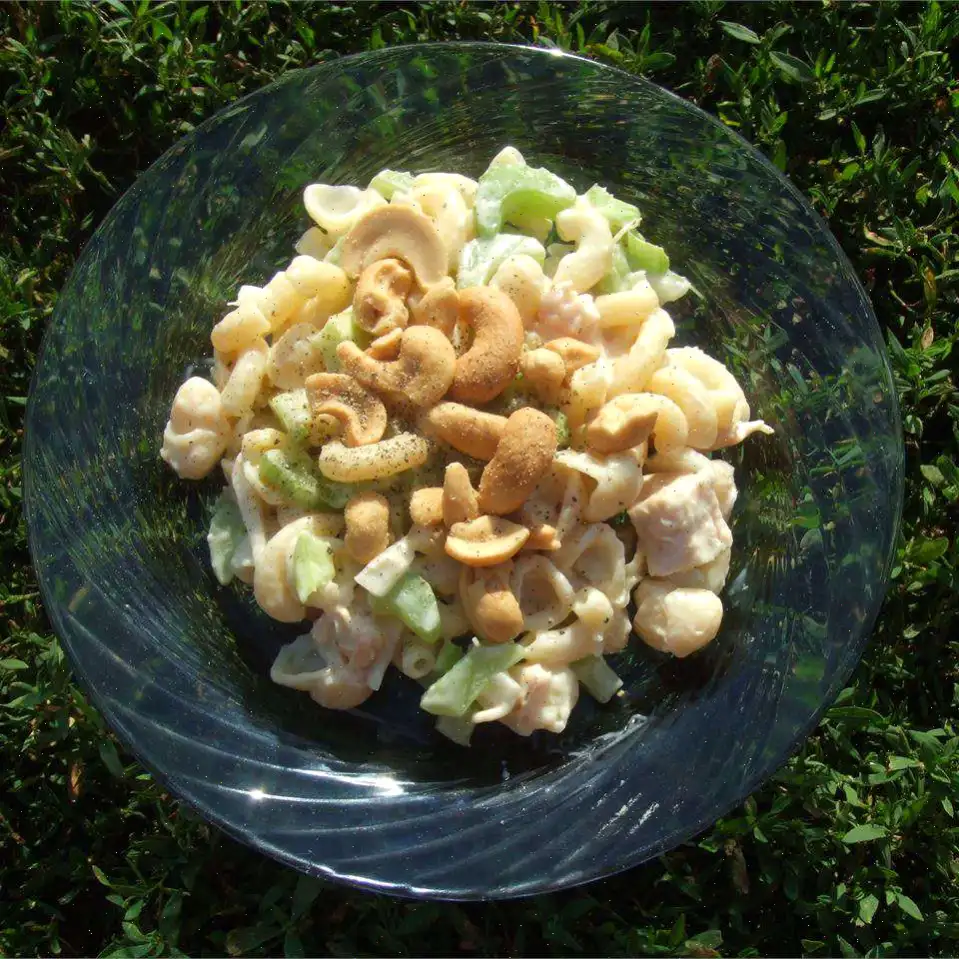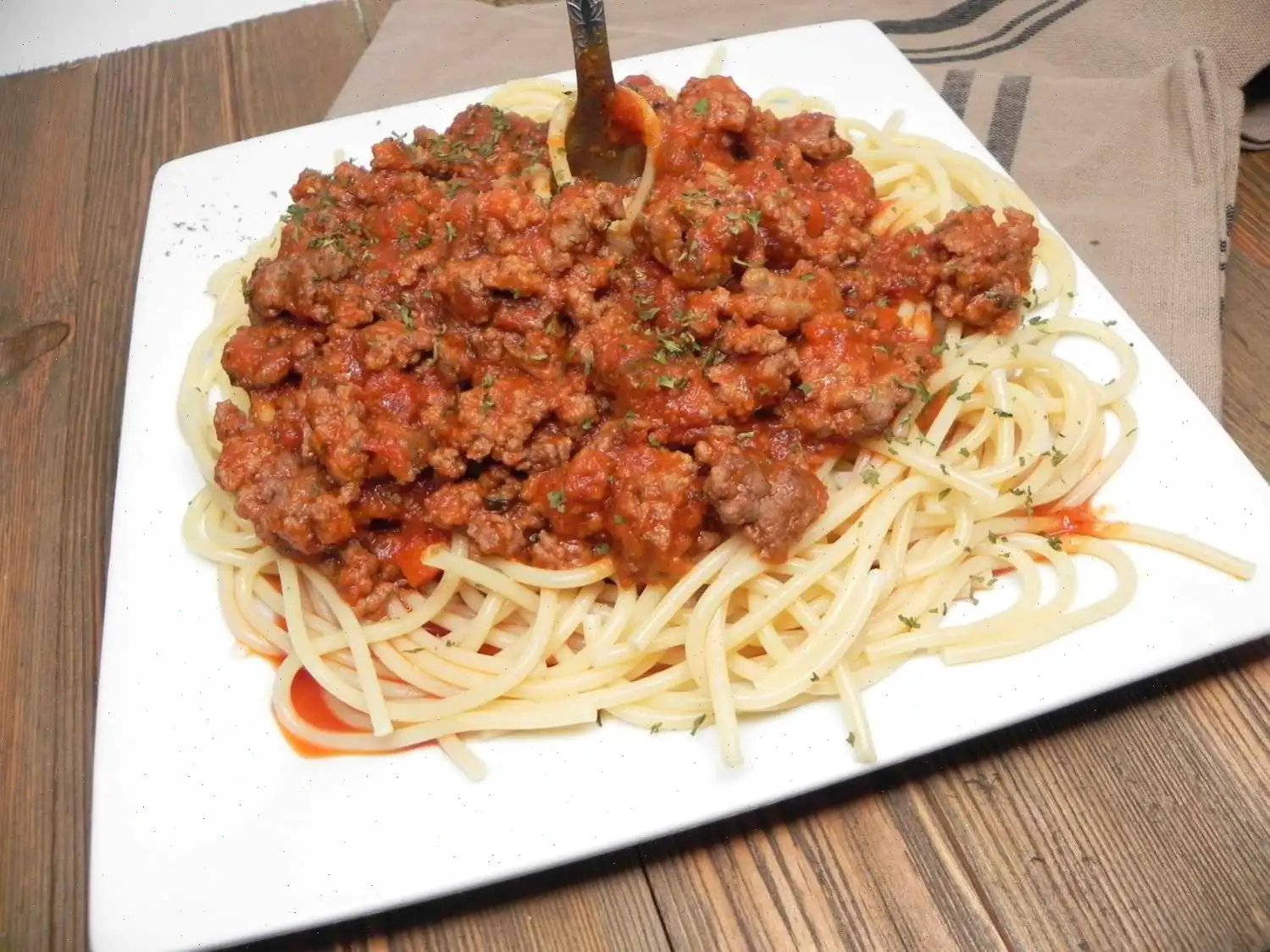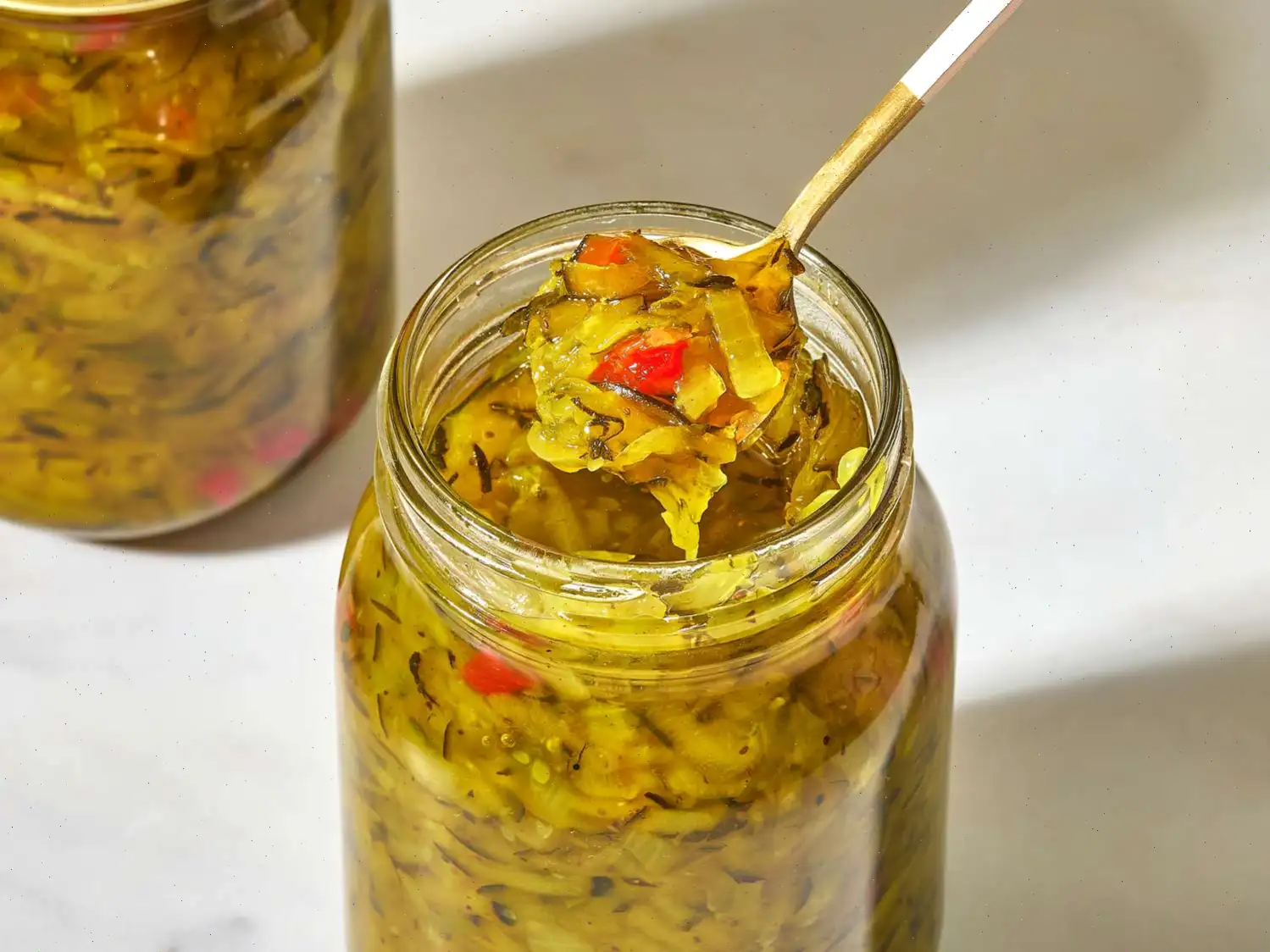
Cajun Tartar Sauce Recipe
This creamy seafood sauce is perfect for pairing with shrimp, crab cakes, or fried fish. With its tangy, savory flavor, it adds the right touch to your seafood dishes. Easy to make and ready in just a few minutes, this sauce will quickly become a favorite in your kitchen.
Ingredients (16 servings)
- 1 cup mayonnaise
- 2 teaspoons seafood seasoning (such as Old Bay)
- 1/4 cup dill pickle relish
- 1/2 teaspoon onion powder
- 2 teaspoons lemon juice
- 1/4 teaspoon freshly ground black pepper
Directions
- In a medium bowl, combine the mayonnaise, seafood seasoning, dill pickle relish, onion powder, lemon juice, and black pepper.
- Stir everything together until well combined.
- Cover the bowl with plastic wrap and refrigerate for at least 1 hour to allow the flavors to meld.
- Serve chilled alongside your favorite seafood dishes.
Nutrition Facts (per serving)
| Calories | 95 |
| Total Fat | 10g (13% DV) |
| Saturated Fat | 2g (8% DV) |
| Cholesterol | 6mg (2% DV) |
| Sodium | 195mg (8% DV) |
| Total Carbohydrate | 0g (0% DV) |
| Dietary Fiber | 0g (0% DV) |
| Total Sugars | 0g |
| Protein | 0g (0% DV) |
| Vitamin C | 0mg (0% DV) |
| Calcium | 5mg (0% DV) |
| Iron | 0mg (0% DV) |
| Potassium | 11mg (0% DV) |
* Percent Daily Values are based on a 2,000 calorie diet. Your daily values may be higher or lower depending on your calorie needs.
** Nutrient information is not available for all ingredients. Amount is based on available nutrient data.
The Story Behind Cajun Tartar Sauce
Cajun tartar sauce is a vibrant twist on the classic condiment known for accompanying fried seafood. Its origins are deeply rooted in the culinary traditions of Louisiana, where Cajun culture blends French, Spanish, African, and Native American influences. Traditional tartar sauce evolved from French mayonnaise-based sauces, but the addition of Cajun spices, like Old Bay or paprika, and tangy ingredients such as dill pickle relish, reflects the bold flavors typical of Southern Louisiana kitchens.
Regional Characteristics
In Louisiana, Cajun cuisine emphasizes robust, well-seasoned dishes. Cajun tartar sauce embodies this regional style with its combination of creamy mayonnaise, zesty seasonings, and a hint of citrus. Unlike more neutral tartar sauces found in other parts of the United States, the Cajun version often features a spicier, more aromatic profile. This sauce is commonly paired with fried catfish, shrimp, or crab poboys, highlighting its regional specificity and preference for seafood.
Differences from Similar Sauces
While classic tartar sauce typically consists of mayonnaise, chopped pickles, and lemon juice, Cajun tartar sauce distinguishes itself with the addition of distinctive spices such as paprika, cayenne, or Old Bay seasoning. This gives it a slightly smoky, piquant flavor that elevates simple fried dishes. Compared to remoulade, another Southern condiment, Cajun tartar sauce is milder and creamier, focusing more on pickled tang and seafood-friendly seasoning than the complex herb and mustard profile of remoulade.
Common Serving Occasions
Cajun tartar sauce is most often served with fried seafood dishes, including catfish, shrimp, and oysters, but it also complements French fries, hush puppies, and sandwiches. In restaurants across the Gulf Coast, it frequently appears as a side condiment, enhancing the regional culinary experience. Home cooks in Louisiana often prepare it in advance, letting the flavors meld for at least an hour before serving to achieve maximum taste depth.
Interesting Facts
Despite its modern popularity, Cajun tartar sauce remains closely tied to Louisianas cultural heritage. Its use of Old Bay seasoning, which originated in Maryland, reflects a blending of regional American flavors. The sauces adaptability has made it a favorite beyond the Gulf Coast, appearing in contemporary food pairings like fish tacos and gourmet burgers. Additionally, its creamy texture paired with a hint of spice demonstrates how a simple condiment can capture the essence of a regional cuisine in just a few spoonfuls.








